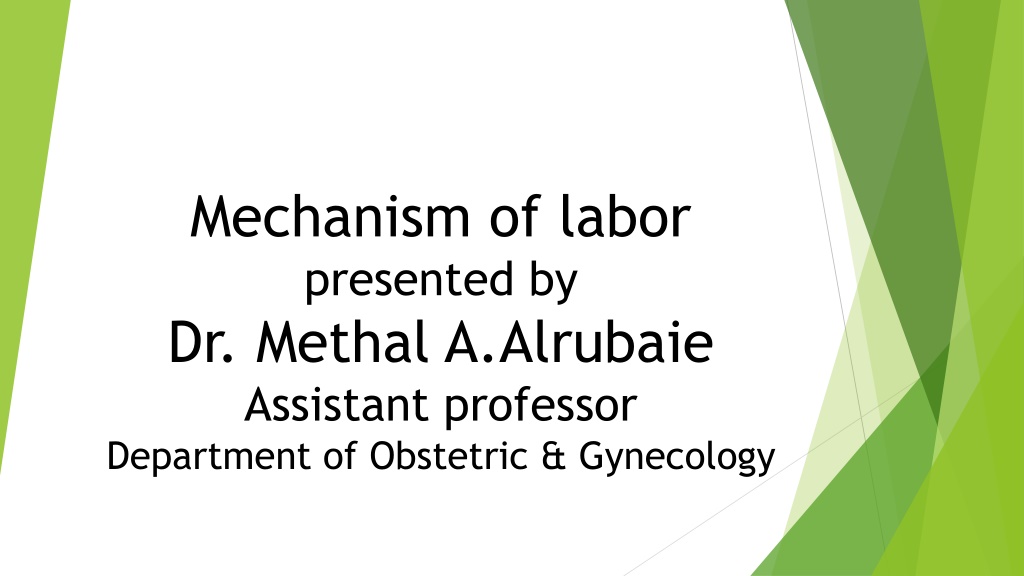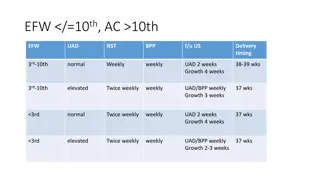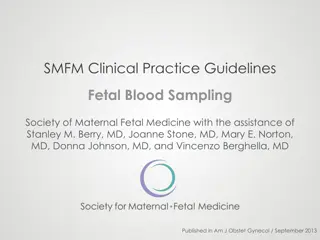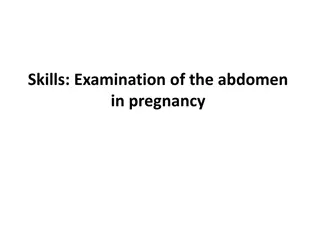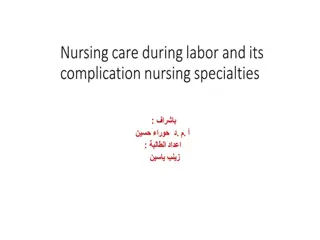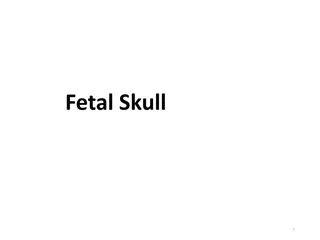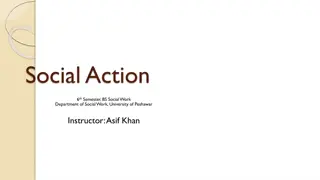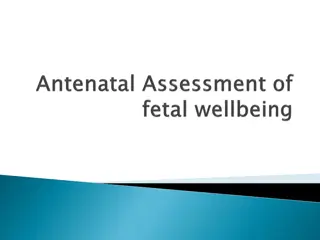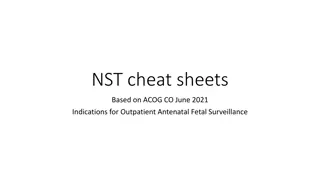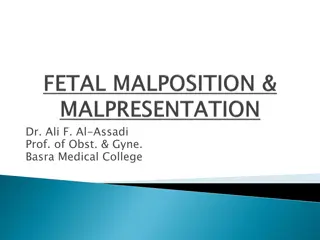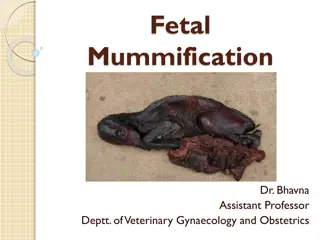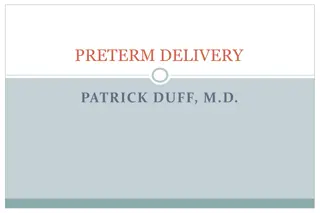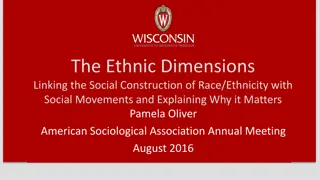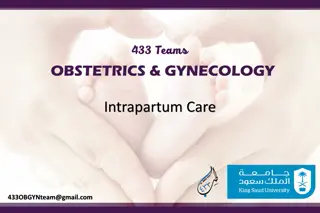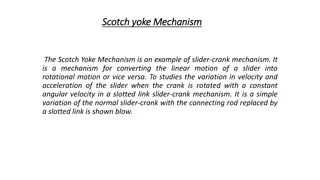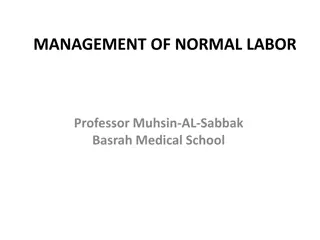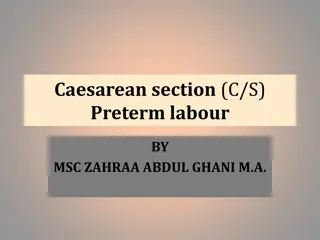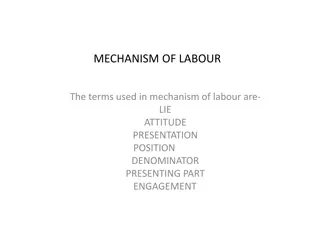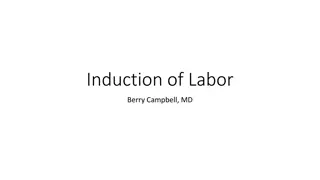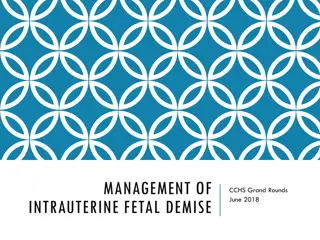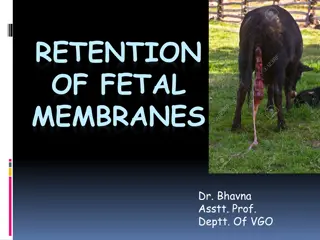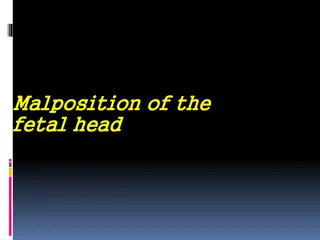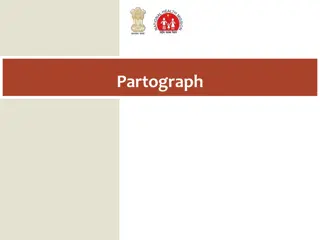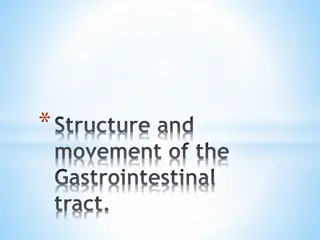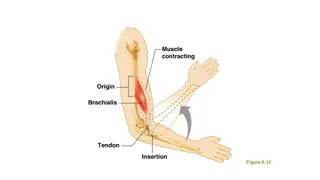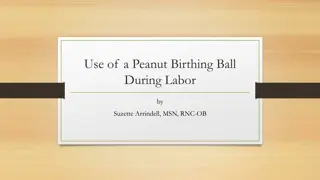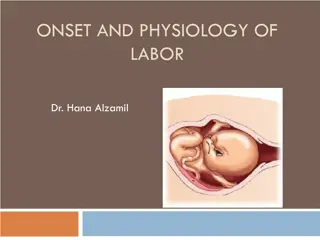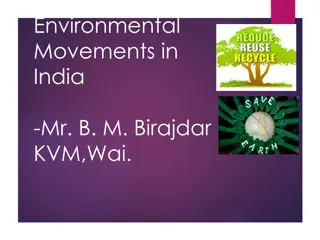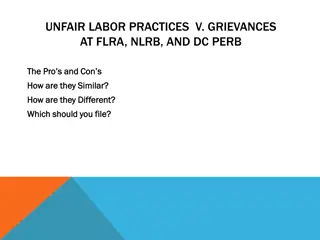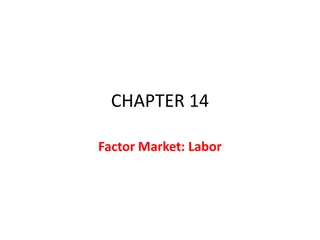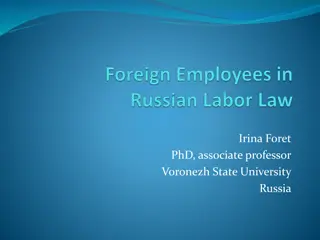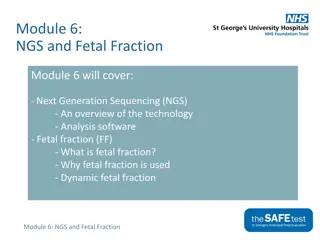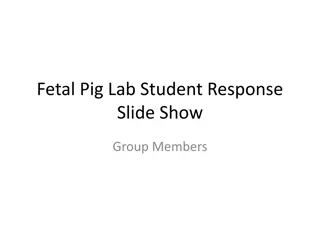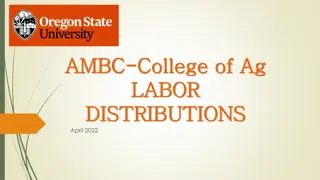Understanding the Mechanism of Labor: Fetal Movements and Delivery Process
The mechanism of labor involves a series of positional changes the fetus undergoes during birth. It includes engagement, descent, flexion, and internal rotation to facilitate the delivery process. Each movement plays a crucial role in ensuring the successful delivery of the baby's head through the birth canal.
Download Presentation

Please find below an Image/Link to download the presentation.
The content on the website is provided AS IS for your information and personal use only. It may not be sold, licensed, or shared on other websites without obtaining consent from the author. Download presentation by click this link. If you encounter any issues during the download, it is possible that the publisher has removed the file from their server.
E N D
Presentation Transcript
Mechanism of labor presented by Dr. Methal A.Alrubaie Assistant professor Department of Obstetric & Gynecology
Objectives What is the definition of mechanism of labor. What are the movement that the fetus undergo to complete the process of delivery. What is the role of each movement to complete the delivery of head.
Definition It is a series of changes in position & attitude that the fetus undergo through its passage through birth canal. It is described for vertex presentation & gynoecoid pelvis.
Cardinal movement of labor 1. Engagement:- It is the passage of the largest transverse diameter of the fetal head (biparital diameter) through pelvic inlet. It occur at 36weeks in majority of primigravida & at time of labor in multigravida. The head is said to engaged if 2/5 of head is palpable abdominally. The head enter the pelvis in (occipito-transverse) position so the anterior parietal bones slide over symphysis pubis followed by posterior parietal bone so that the sagittal suture remain synclitic (midway between symphsis pubis & sacral promontory).
If the sagittal suture lie close to sacral promontory so the anterior parietal bone will be the presenting part to examining fingers so called (anterior asynclitism).If the sagittal suture lie close to symphysis pubis so the posterior parietal bone will be the presenting so called (posterior asynclitism). 2. Descent:- In primigravida as engagement occur at 36 weeks so further descent not occur until the second stage of labor. In multipara descent occur with engagement at the onset of labor. Descent is brought by one or more of the following forces:- 1. Pressure of amniotic fluid. 2.Pressure of the fundus upon the breech. 3. Contraction of abdominal muscles. 4.Extension & straighten of fetal body.
3.Flexion:- As the head descend it meet the resistance from cervix, pelvic wall & pelvic floor so the head undergo flexion and the chin become in contact with fetal thorax & the longer diameter (occipito-frontal) diameter of the skull change to shorter (suboccipito- pragmatic) diameter. 4.Internal rotation:- It is the turning of the occipit gradually from original position toward symphysis pubis (Occipito-anterior) commonly & less common toward sacral promontory (occipito-posterior). It is essential for completion of labor. It is always associated with descend of head & not occur until the is engaged.
5. Extension:- As the head reach the vulva;it undergo extension. Extension bring the base of occipit in direct contact with inferior margin of symphysis pubis. As the vulvar outlet is directed upward forward so extension should occur before reaching vulvar outlet. Two forces come into play:- First:- Forces from uterus act posteriorly. Second:- Forces from pelvic floor resistance & symphsis pubis act anteriorly. The head is delivered through vulvar outlet by occipt, pregma, forehead, nose, mouth & finally the chin. After delivery the head drop downward so chin lie over anal orifice.
6. Restitution:- It is the rotation of head by further 1/8 of circle toward transvers position in order to allow rotation of shoulder from transverse plane into anterio-posterior position. 7. External rotation of shoulder:- It occur together with restitution. As the shoulder is rotated to anterio-posterior position the anterior shoulder can be delivered by pulling the head downward followed by posterior shoulder by pulling head upward.
